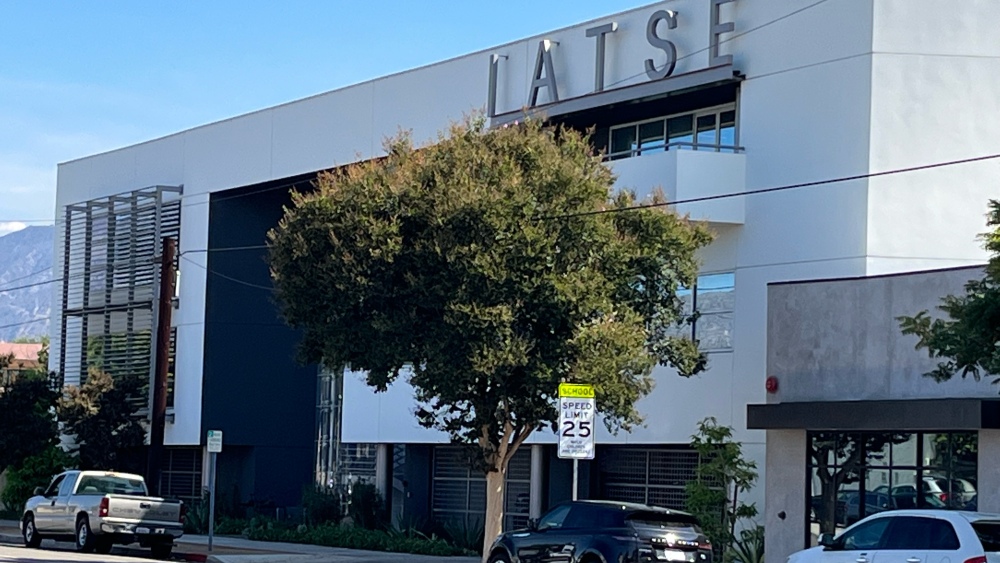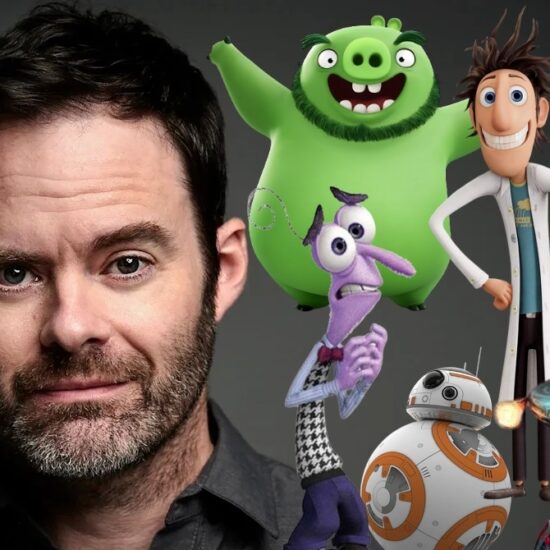
The International Alliance of Theatrical Stage Employees released a survey Wednesday finding that visual effects workers lack access to portable health insurance and retirement plans.
The survey found that among visual effects workers who work on the “client side” of the business, only 12% have a health insurance plan that they can take from job to job. Another 45% get healthcare only for the duration of their project, while 43% do not have health insurance at all.
The union released the results as it wages a campaign to organize VFX workers, who have not had labor representation. The survey also highlighted the lack of other benefits that come with union jobs, including employer-sponsored retirement plans, breaks and rest periods, and overtime pay. The survey found that some workers on the lower end of the pay scale barely make minimum wage, when unpaid overtime is factored in.
The survey differentiated between “client-side” VFX workers, who work for the production companies, and “vendor-side” workers, who work for effects houses. The benefits for vendor-side workers are somewhat better, with 25% having access to portable health plans and 47% having retirement plans that employers contribute to.
On the client side, only 15% have employers who contribute to their retirement, the survey found.
In a virtual news conference held Wednesday, IATSE leaders and a handful of vfx industry veterans detailed the tough working conditions in many shops and underscored the need for collective bargaining.
“When I made the transition (from animation) into visual effects, I had zero benefits offered to me,” said vfx veteran Maggie Kraisamutr, noting that she had employer-provided health care when working in animation. “Most visual effects workers I know can barely survive five years in the industry.”
Gabrielle Levesque, who works as a vfx data wrangler, said she has had many jobs where she was expected to work 10 hours straight before getting her first meal break. “These are the structural challenges vfx workers face,” she said.
IATSE leaders noted that vfx and many aspects of post-production work in film and TV are the last areas of the production community that are not unionized. There have been organizing drives in the past that struggled to gain traction in a sector that is composed of many small and medium-sized employers. Vfx work has also become far-flung around the world as the digital nature of the job means it can be done from almost anywhere, thanks to high-speed data networks.
Mark Patch, a motion graphics and 3D animation expert, noted that vfx artists increasingly face dangerous working conditions for a number of reasons, and they’re often tasked with continuously having to take time to train less-experienced colleagues. The lack of uniform standards across the industry in software tools, production formats and producer expectations only complications the situation.
“Lack of standardization across our industry means these workers must become experts essentially overnight,” Patch said.
Ben Speight, an organizer with the IATSE-affiliated Animation Guild, said the broader cultural environment at present offers a more hospitable climate for organizing than in years past. “The previous efforts were done as more of an advocacy/activist kind of model,” Speight said. “We’re moving from protests to power.”
Research and data such as the wage survey will help build goodwill and bring urgency to the need for union representation, Speight asserted. IATSE is conferring with labor organizations such as BECTU in the U.K. and elsewhere to build a global movement, and guard against employers taking their business overseas to blunt union drives in the U.S.
“This presents are historic opportunity to build a global vfx movement. We deserve democracy in the workplace,” he said.
Patch pointed to recent successes by the Animation Guild as a sign that the post-production community is ready to embrace organized labor. Animation and visual effects “are the growth industries of 21st century entertainment,” Patch said. “This is vital for the future of entertainment work.”













